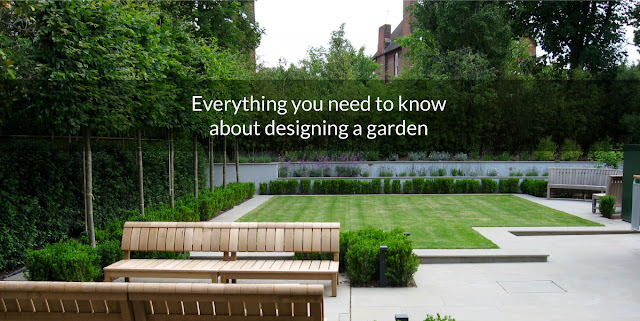How to Make Your Garden Eco-Friendly
More individuals are working to reduce their own carbon footprints as the eco-friendly and sustainable movement gains momentum. Making little changes to your home and garden is one of the easiest ways to lead a greener lifestyle.
1. Install a composting system of your own.
Making your own compost is one of
the easiest and most affordable ways to reduce waste and practise environmental
awareness by gardens landscaping London. All year long, you may collect green waste from your kitchen,
such as vegetable peelings, to weeding your garden and gathering fallen leaves.
Original Organics claims that you may keep all of this trash in a sizable
covered container to protect it from the elements while at the same.
2. Grow your own fruits and vegetables
Growing your own fruits and
vegetables is encouraged by garden landscape design, which helps you become
more self-sufficient, save money, and improve your health. According to Garden Designer Wimbledon,
pesticides and other chemicals are regularly used to boost the size and rate of
mass-produced fruits and vegetables. As a result, agrochemical companies are
harming the environment more and more. It has been demonstrated that these
herbicides pollute the soil and water, which causes significant problems for
animals, birds, and bees. Nobody is aware of the problems these chemicals are
causing for people who eat vegetables grown in this way since officials have
also failed to track the long-term effects of pesticides on human health.
3. Choose eco-friendly materials
Garden designers West London advise their clients to choose sustainable materials in
their outdoor spaces for anything from furniture to planters. Even better is to
buy locally produced things because the carbon footprint is greatly reduced.
You should consider investing in clay, cob (clay and straw), oak, logs of wood,
and repurposed materials for your garden.
4. Improve the wildlife
attractiveness of your garden.
There is no denying that, as
suggested by Landscape Designer Wimbledon, having a diverse animal population in your garden is a great
way to enhance your personal ecosystem and become more environmentally
responsible. Even while there are certain insects that harm plants, like
greenflies, which harm them as they grow, you could also attract more helpful
critters. Despite the fact that many insects are developing resistance to
common pesticides, introducing "good" bugs to your garden can assist
in warding off "bad" pests.
5. Plant a tree
Plant a tree in the back corner of
your garden if it is large enough. Trees are good carbon sinks, meaning they
remove greenhouse gases, aerosols, or precursors to greenhouse gases from the
atmosphere. Carbon is stored in leaves and the woody bulk of the trunk when
trees develop and absorb carbon from greenhouse gases during photosynthesis.
The greater the size of a tree, the more carbon it stores and, as a result, the
more greenhouse gases it removes from the atmosphere.
For more details, visit our website https://www.justingreer.co.uk/.




Comments
Post a Comment